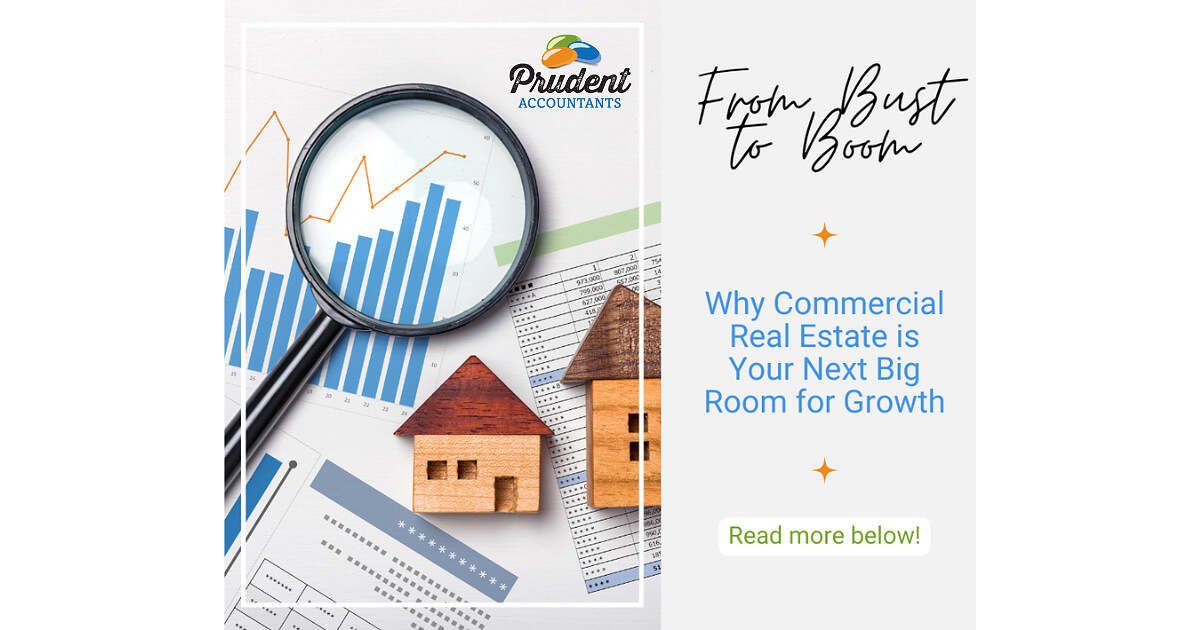Learning from 2008: How Residential Real Estate Investors Built Wealth—And Why Commercial Real Estate is the Next Big Opportunity

After the 2008 financial crisis, savvy investors capitalized on the collapse of the residential real estate market. As home prices plummeted, individuals who had access to capital or financing were able to purchase properties at a steep discount. Many bought distressed properties, held them as rentals, or flipped them for profit once the market rebounded.
The result? A massive wealth-building opportunity for those who moved quickly and took advantage of depressed market conditions.
Today, a similar opportunity is emerging in commercial real estate—and those who move in now could see similar wealth-building benefits. Just like 2008, the market has been disrupted, and prices for commercial properties are depressed due to various factors, including shifts in work-from-home trends, changing retail patterns, and the aftermath of COVID-19.
Here’s Why Commercial Real Estate is Shaping Up to Be the Next Big Wealth-Building Opportunity, and How It Compares to the Post-2008 Residential Market:
1. Timing the Market: Distressed Commercial Real Estate is the New Opportunity
In 2008, residential property prices dropped drastically, creating a once-in-a-lifetime opportunity for investors. Many who entered the market at the bottom were able to secure properties for a fraction of their previous value, then saw those assets appreciate as the economy recovered.
Right now, commercial properties are facing a similar dynamic. Post-pandemic, many commercial sectors, such as office buildings and retail spaces, have been hit hard. The rise of remote work, shifting consumer behaviors, and supply chain issues have led to lower demand for certain types of commercial real estate, causing prices to fall.
Why Now is the Time for Commercial Real Estate:
- Office Vacancies: Many companies have adopted permanent remote or hybrid work models, leading to an excess of vacant office spaces. These properties are often priced below their previous market value, providing an entry point for investors.
- Retail Shift: The pandemic accelerated the shift to e-commerce, leaving many retail spaces struggling. This has created opportunities to repurpose or buy these spaces at depressed prices.
- Interest Rate Sensitivity: Rising interest rates have pushed some potential buyers out of the market, leaving fewer bidders and creating even more attractive opportunities for those who can secure financing or have capital on hand.
This combination of factors creates a perfect storm for investors ready to take advantage of lower prices in the commercial sector, just as residential property buyers did in the years following 2008.
2. Leverage SBA Loans: Affordable Financing for Commercial Real Estate
In the post-2008 era, residential property buyers who had access to financing were able to scoop up properties at rock-bottom prices, often using conventional mortgages or even leveraging FHA loans.
Today, investors can take a similar approach with SBA-backed loans, which offer low interest rates, small down payments, and favorable repayment terms for those purchasing commercial real estate-based businesses.
Why SBA Loans Are a Game-Changer:
- Low Down Payments: Just like FHA loans made it easier for individuals to buy residential properties after 2008, SBA loans allow investors to acquire commercial properties with as little as 10% down, preserving capital for further investments.
- Longer Terms, Lower Payments: The SBA’s 25-year repayment terms mean lower monthly payments, helping investors maintain positive cash flow while building equity in their commercial properties.
By using SBA loans to enter the commercial real estate market at a time when prices are depressed, you can secure high-value assets with relatively low capital, just as residential investors did in the wake of the housing crisis.
3. Tax Advantages: Depreciation and Write-Offs on a Larger Scale
One of the reasons post-2008 residential property investors were able to build wealth so quickly was the tax benefits associated with rental properties. Depreciation, mortgage interest deductions, and repair expenses allowed investors to significantly reduce their taxable income while their properties appreciated.
With commercial real estate, these tax advantages are even more substantial:
- Depreciation: Commercial properties typically allow for larger depreciation deductions than residential properties due to their higher value, further reducing taxable income.
- Operating Losses: Early operating losses—whether from a newly purchased parking lot, car wash, or office building—can offset other sources of income, lowering overall tax liabilities for high earners.
- Larger Interest Deductions: With higher loan amounts, the interest deductions on SBA or other financing can be significant, further reducing your taxable income in the early years of the investment.
This means that not only can you purchase distressed commercial properties at a discount, but you can also use the tax system to your advantage to minimize income taxes during the initial years, just as residential investors did after 2008.
4. Future Appreciation: Positioning for Market Recovery
Just as residential real estate rebounded following the 2008 crisis, commercial real estate is poised to recover as well. The economy is cyclical, and as commercial markets adjust to new realities—whether through repurposing vacant office space, adapting retail strategies, or other innovations—commercial property values will likely rise.
Why the Future Looks Bright for Commercial Real Estate:
- Repurposing Trends: Vacant office spaces can be repurposed into mixed-use developments, residential units, or even storage facilities. Investors who get in now could see significant appreciation as these spaces are transformed.
- Economic Recovery: As the economy continues to stabilize, demand for certain commercial spaces will rebound, pushing prices higher.
- Long-Term Leases: Commercial real estate often involves long-term leases with stable tenants, which means that once market conditions improve, these properties can provide steady cash flow for years to come.
By entering the commercial real estate market now, investors are positioning themselves to benefit from the inevitable recovery, much like residential property buyers did after 2008.
5. 1031 Exchanges: Deferring Capital Gains for the Long Haul
One of the key advantages of real estate—both residential and commercial—is the ability to defer capital gains taxes through a 1031 exchange. After 2008, many residential investors were able to sell properties for a profit, then use the 1031 exchange to reinvest in new properties without triggering tax liabilities.
The same strategy applies to commercial real estate. By using a 1031 exchange, you can sell a property that has appreciated and reinvest the proceeds into a new commercial venture without paying capital gains taxes upfront.
This allows you to continually build wealth, reinvesting profits into bigger or more profitable properties, just as residential investors did when the housing market rebounded.
Conclusion: Commercial Real Estate is the Next Wealth-Building Opportunity
If you missed out on the post-2008 residential real estate boom, don’t worry—the current downturn in commercial real estate offers a similar, if not greater, wealth-building opportunity for savvy investors. By leveraging SBA loans, taking advantage of tax benefits, and positioning yourself for future market appreciation, you can capitalize on today’s depressed commercial real estate market and build long-term wealth.
Much like those who built fortunes by buying up distressed homes after 2008, the smart investors who move into the commercial space today will be well-positioned for the next decade of growth and appreciation.
The time to act is now—because just like 2008, the window of opportunity won’t last forever.








